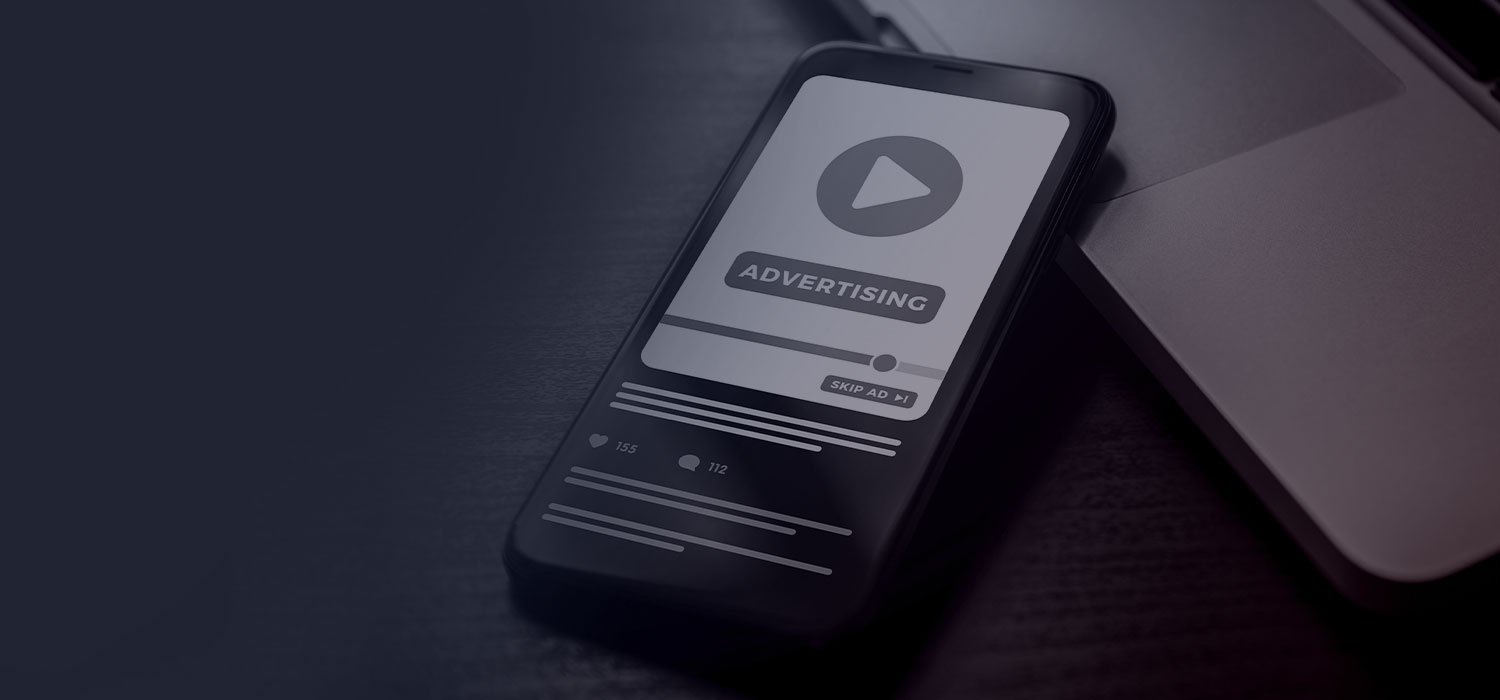Interested to find out more about how our contextual advertising can help you boost your brand?
For Advertisers For PublishersGet the latest news about Contextual Advertising right into your inbox!
With Google's third-party cookie phase-out nearing, what does tomorrow hold for digital and what's next for marketers in the cookieless future? Behavioral targeting will soon be non-existent, and consent-based advertising will take a front seat as the advertising world shifts to a consumer privacy-first approach.
"Marketing leaders responsible for ad budgets, media mix, planning and measurement will need to adjust strategies as Google rewires its data policies, ad products and capabilities against a backdrop of new privacy norms and elevated antitrust dynamics," said Eric Schmitt, Senior Director Analyst, Gartner.
The end of third-party cookies changes the entire advertising game, and the regular practices of creating and running highly targeted ads will become obsolete. As the access to personal data declines significantly, how should marketers and advertisers prepare for ad strategies that work in a cookieless world?
Know thy customer
Beyond Personally Identifiable Information (PII) and third-party data, businesses and marketers must truly understand their target audience and customers. Today's customers want brands to be available across channels of their choice. Marketers must understand buyer personas and ever-changing consumer interests to engage with customers.
Building a first-party data repository is one of the best ways to overcome these hurdles and is a valuable must-have. Building a first-party relationship with customers is about delivering valuable experiences to them across channels, eventually bringing valuable data to the table, data that customers directly share. This not only makes it high-quality data but data that does not violate customer privacy. Marketers can leverage this data to deliver ads that resonate with customer interests.
Capture attention
A critical measure of ad success today is the ability to capture human attention. Going beyond mere views, marketers are working towards creating ads and sharing content that is not just able to garner user attention but able to hold it and pique their interest. The ability to capture consumer attention significantly impacts sales figures, brand favorability, recall, and purchase intent. The fight for attention in today's 'attention economy' is real, where gaining consumer attention is a scarce commodity that brands and businesses are fighting hard for.
Get creative
Browsing experiences that are seamless and non-invasive, the future of advertising is all things consumer-first. Marketers must focus on creating engaging content and finding creative ways to display the messaging without hampering user experience. The one thing that has stayed constant from the time of print to today's ever-changing digital space is creativity's ability to engage with the audience, capture attention, and establish a brand connection.
Go contextual
The future of advertising in a cookie-less world is privacy-first, personalized, non-intrusive, and relevant. This is giving rise to the resurgence of contextual advertising - a strategy that leverages Artificial Intelligence (AI) and Machine Learning (ML) capabilities to perform a human-like analysis, understand the content and context of a webpage and then display ads that are relevant to that messaging.
By displaying ads relevant to users' browsing history, contextual ads integrate brand messaging where consumers are looking, within creatives that resonate with audiences. Choosing from a suite of in-content placements like in-image and in-video, contextual ads fully leverage user attention by capturing it faster and retaining it longer.
- 87% of ads viewed in comparison IAB standard ads, with 61%
- 37% higher attention on social media channels
- 3.3x greater APM
- 3.2s average viewing time for each ad or impression delivered, as opposed to 1.8s for outstream videos
These are how some of Seedtag's contextual ad metrics rank against IAB standards, showing the power of context in the attention economy.
Brand safety and brand suitability
The benefits of contextual AI go a step further. Analyzing both the content and context of a page, contextual advertising also offers advertisers the highest levels of brand safety by giving advertisers a realm where the values and ideas seamlessly fit with their own.
With natural language processing, its ability to understand nuances, and semantically interpret content, contextual advertising manages all aspects of brand suitability.
Compliant with the GARM Brand Safety and Suitability framework, contextual strategies ensure ads do not get displayed alongside content that’s harmful, negative, or unsafe, guaranteeing the highest levels of brand safety and suitability.
With contextual advertising, not only are brands being associated with safe and relevant content, but their ads are also fully integrated into the article’s visual content, improving brand favorability by up to 22%.
What makes contextual advertising an ideal pick for marketers looking to ace their ad strategies in the new era sans cookies?
- Do not rely on third-party cookies
- Personalized and relevant
- Compliant with data privacy regulations like GDPR and CCPA
- Promises the highest levels of brand safety and suitability
To know more about Seedtag's contextual AI technology, get in touch.






-2.jpg)
